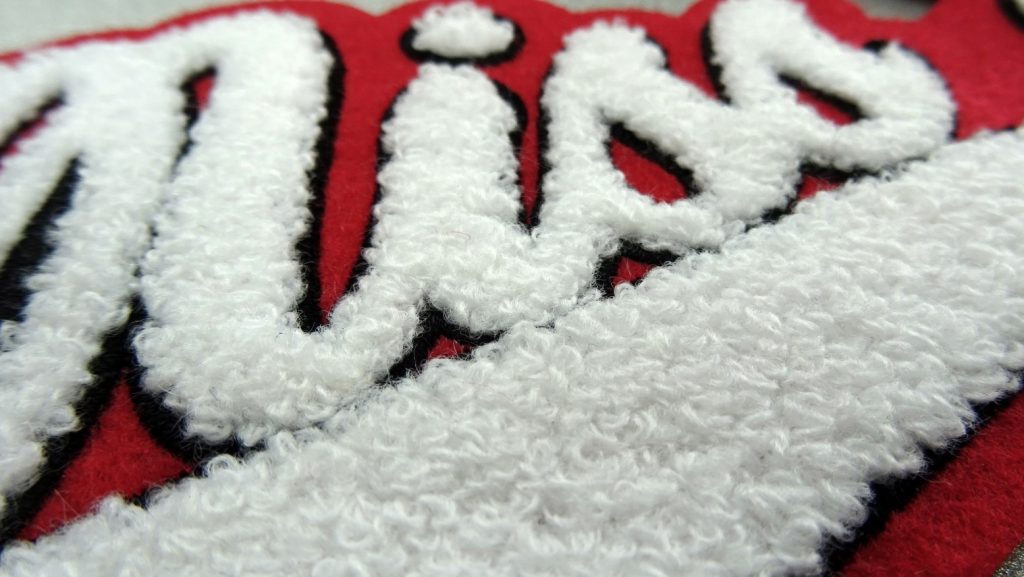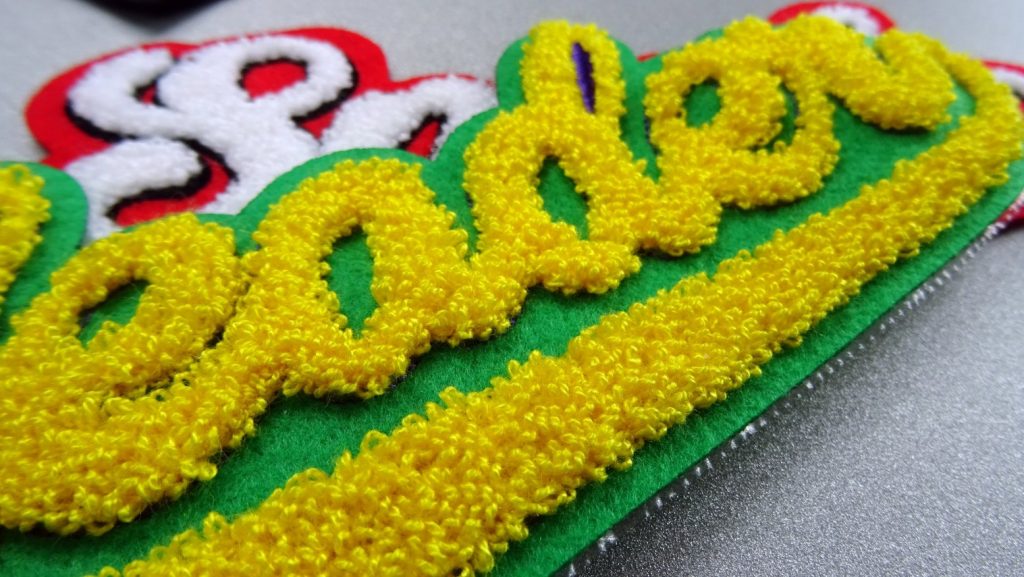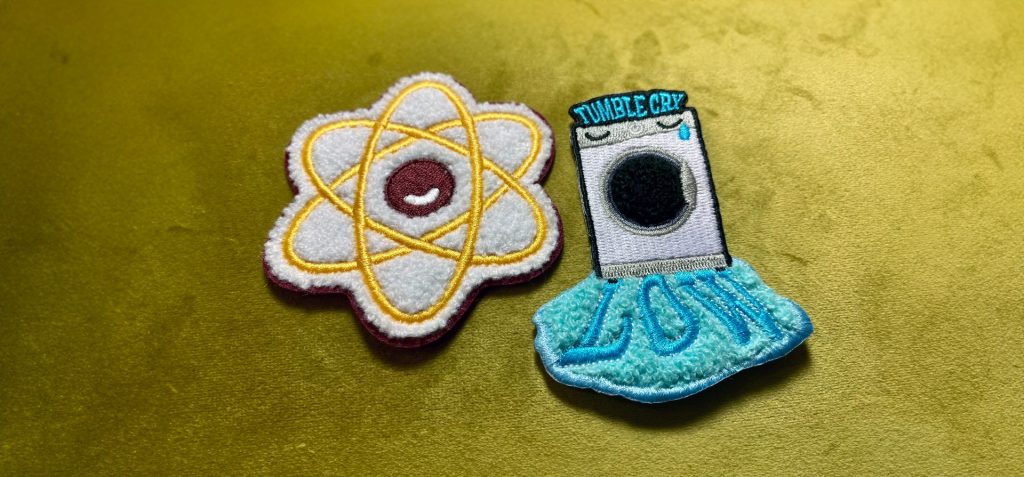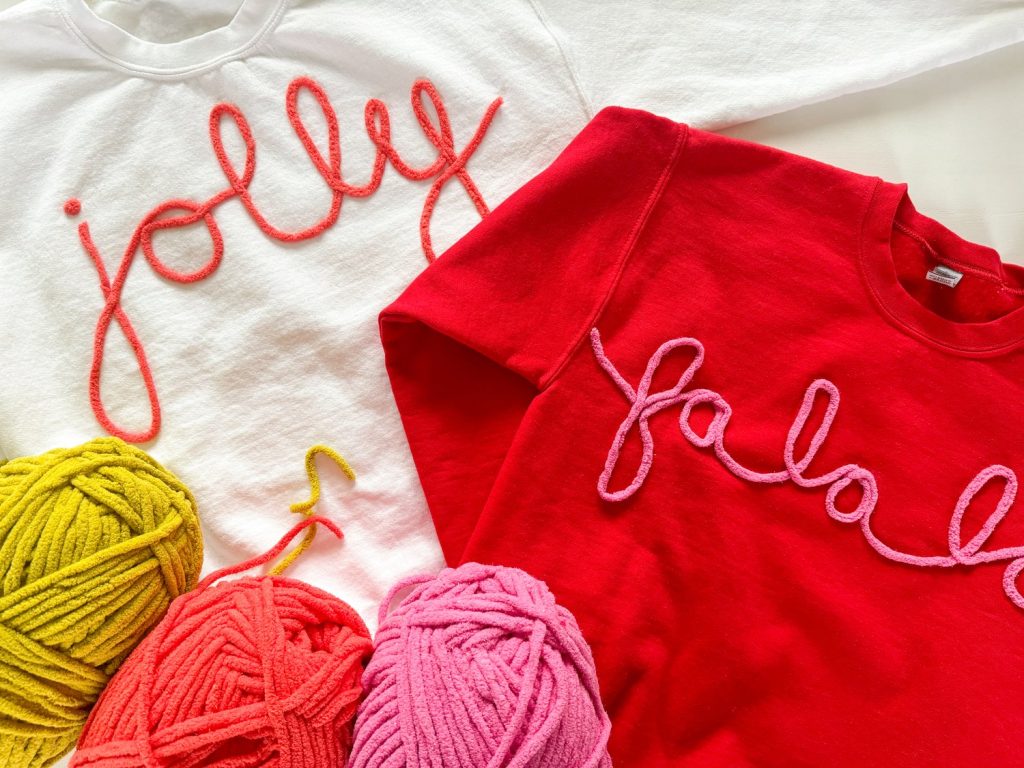Chenille Embroidery: A Timeless and Textured Stitching Technique

Chenille Embroidery: An Always-Timeless Stitching with a Textured Glamour
Chenille embroidery has remained known and loved, to this day and everywhere, for bold-looking stitches, textures, or lines, by stitching soft-raised silk floss or yarn onto cloth. Today, it forms one of those mainstays through which designs ranging from haute couture in apparel and sports equipment to homes show up amazingly in their typical forms. With the multiplicity of creative prospects it allows-either for a veteran in embroideries or a learner who wants to master more techniques in stitchery-Chenille creates magic.

What is Chenille Embroidery?
Chenille embroidery is a type of embroidery where the stitching style is done to produce a fuzzy-textured surface to give a resemblance to fur, hence the name “chenille,” a French word meaning “caterpillar.” Conventionally, this could be done by the use of looped or chain stitches in chenille embroidery through specialized machines that provide this plush, three-dimensional design.
Well, from the Letterman jacket varsity patches on to blankets to high-fashion stuff, Chenille embroidery is there. The bulky tufting stitches in the style give some boldness with a vintage tinge to such a design-every design-and have survived more than generations intact.

Chenille Embroidery Process
Chenille embroidery greatly differs from other forms of embroidery because of the technique and machinery applied. Here’s how it works:
Design Preparation – The design is digitized at this stage as it has to be exact as it stitches out on the fabric.
Hooping of the Fabric – tightly held by the embroidery machine to remain firm while being stitched.
Loop Stitching: Special chenille embroidery machinery is designed in such a way that it makes stitches in a continuous loop, therefore giving this fuzzy texture.
Trimming and Finishing: Loops are at times trimmed for plush appearance; excess backing removed.
Final Inspection – Quality checking before applying the design on garments/accessories.

Chenille Embroidery Applications
Chenille stitch embroidery finds its uses in many industries owing to its rich texture and bold visual appeal. The most common applications of this peculiar stitch include:
Sports and Letterman Jackets: Chenille patches are classic for varsity jackets and team apparel, showing team names, mascots, or initials.
Fashion and Streetwear: Chenille embroidery has been used on statement pieces from high-end brands and designers; it adds dimensions and a sense of luxury to the clothes.
Home Decor: Chenille embroidery can be found on decorative pillows, blankets, and upholstery because of its sleek, soft appearance it gives these items.
Personalized Accessories: With an awesomely hip fashion sense, chenille embroidery can customize custom patches, in-stock bags, and hats.

Pros and Cons of Chenille Embroidery
Like any embroidery technique, chenille embroidery has its pros and cons. Here’s a breakdown:
Pros:
Unique Texture: The plush, raised surface adds a totally different texture that’s both esthetically pleasing and appealing to the touch.
Durability: Chenille embroidery is durable and lasts long on strong fabrics.
Bold and Vibrant Look: The thick threads have given the design great visibility, more so if bright colors are chosen.
Versatility – Suitable for a variety of applications, from fashion to home decor.
Cons:
Requires Specialized Equipment: Chenille embroidery requires special machines and skills, so it is rather difficult for novices.
Limited to Certain Fabrics: Works best on thick materials such as wool, fleece, and heavy cotton.
Higher Price: Because of the specialized process, this type of chenille embroidery may be higher in price when compared to general embroidery techniques.

How to Wash Chenille Embroidery
Proper care ensures chenille embroidery remains in the best condition possible. Here’s how:
Hand-wash or gentle cycle: never using coarse washes that could ruin raised fibers.
Air dry whenever possible: High heat can cause threads to shrink or lose their plush texture.
Store flat: Folding chenille-embroidered garments can cause the stitches to flatten over time.
Avoid direct ironing: as the heat may destroy the texture. Instead, a steamer is a great idea, or put a cloth on top of the embroidery when you iron it.
Conclusion
Chenille embroidery is ageless and sophisticated, lending three dimensions and richness to any textile apparel. Be it custom designing varsity patches, renewing your wardrobe, or improving your home interior-the aesthetic of this embroidery is unbeatably attractive yet bold. While it requires both special equipment and expertise, the result is a truly striking, textured design that will last through the years. Consider taking part in the timeless art of chenille embroidery on your next project, whether it’s collaborating with a very experienced professional team of embroiderers or simply purchasing a chenille-embroidery machine to understand the classic method yourself.
"If you are allured by the beauty of Chenille Embroidery service for your project. we're here to help! If you need professional. Chenille Embroidery service reach out to us at www.sassydigitizing.com.
Let's put your vision into stitch reality!


